If there is one thing you can count on, it’s that Mother Nature is completely unpredictable. Every region in the US has its own set of natural disasters to worry about—whether it’s hurricanes battering the South, wildfires that sweep the West, blizzards shutting down the Northeast, floods filling the East Coast, or tornadoes barrelling across the Midwest. Some of these disasters are seasonal, but others strike with little to no warning, no matter what time of year it is.
It’s important to understand the threats specific to your region. It isn’t about fear: It’s about preparation and protection. Those who anticipate the risks and take proactive steps aren’t the ones scrambling when a disaster strikes. They’re the ones with a plan.
So what do you need to know? Let’s break it down by region:
Natural Disasters by Region and How to Prepare
NORTHEAST: Brutal Winters and Coastal Flooding
Residents of the Northeast know all too well how harsh winters can bring life to a standstill. Snowstorms and nor’easters can knock out power, disrupt travel, and even cause structural damage due to heavy ice accumulation.
But winter storms aren’t the only concern. Coastal cities like New York and Boston face increasing risks of flooding due to rising sea levels and stronger storms. Even hurricanes, while relatively rare, can deliver a devastating blow, as seen with Superstorm Sandy.
Preparedness Tip
Invest in backup power (a generator is key), insulate your home, and keep a stockpile of food and water. If you live in a flood-prone area, consider flood barriers and elevate critical documents and valuables.
MIDWEST: Tornadoes and Flooding
The Midwest is home to some of the most violent weather events in the world. Tornado Alley, which stretches from Texas to South Dakota, sees dozens of powerful twisters each year, some capable of leveling entire towns within minutes.
But flooding is an even greater financial disaster for the region. With major rivers like the Mississippi and Missouri, heavy rainfall often leads to billions of dollars in damages to homes, businesses, infrastructure, and agriculture.
Preparedness Tip
If you live in a tornado-prone area, a storm shelter isn’t a luxury—it’s a necessity. Have an emergency communication plan, and keep a stocked go-bag with essentials, because when a tornado warning sounds, every second counts.
SOUTH: Hurricanes and Deadly Heat
Hurricane season in the South is something you don’t take lightly. Coastal states like Florida, Louisiana, and Texas are frequently battered by high winds, storm surges, and widespread flooding. But even inland areas aren’t safe; hurricanes can bring heavy rains and tornadoes hundreds of miles inland.
Another growing concern? Extreme heat! Record-breaking temperatures are straining power grids and posing serious health risks, especially for elderly and outdoor workers.
Preparedness Tip
If you live in a hurricane zone, evacuation plans should be second nature. Stock up on fuel, water, and nonperishable food well before a storm approaches. For heat preparedness, ensure that you have backup cooling options and a hydration plan.
WEST: Fire, Earthquakes, and Drought
The West faces a trifecta of natural disasters:
- Wildfires are now a year-round threat, fueled by dry conditions and high wind.
- Earthquakes strike without warning, with California’s San Andreas Fault and the Cascadia Subduction Zone posing catastrophic risks.
- Drought is worsening, leading to water shortages and increased fire danger.
Preparedness Tip
Have multiple evacuation routes planned, keep a fireproof safe for important documents, and secure heavy furniture to protect against earthquakes. If you live in fire-prone areas, create defensible space around your home.
PACIFIC ISLANDS AND US TERRITORIES: Tsunamis and Volcanoes
Hawaii and US territories like Guam may seem like paradise, but they face unique threats. Tsunamis—triggered by distant earthquakes—can strike with little notice, causing devastating flooding. Volcanoes, like those on Hawaii’s Big Island, have erupted with catastrophic consequences, destroying homes and reshaping landscapes. These pose serious risks, as seen with past eruptions in Hawaii’s big island.
Preparedness Tip
If you live in a coastal area, review the local tsunami evacuation routes. If near active volcanoes, have a go-bag ready in case of sudden evacuations.
Take Action Now: How to Be Ready
- Know your Risk: Every region has vulnerabilities. Understanding them is the first step to preparedness.
- Build a Custom Emergency Kit: Go beyond food and water—include region-specific gear, like a generator for winter storms or a fireproof safe for wildfires.
- Develop a Response Plan: When disaster strikes, there’s no time to think—only time to act. Have a clear plan for evacuation, communication, and securing your home.
- Stay Informed: Reliable information is your best defense. Sign up for emergency alerts and monitor local weather and disaster tracking.
Preparedness Is Power
The reality is simple: Disasters will happen. But how you respond and how well you’ve prepared will determine whether you’re caught off guard or in control. The people who take preparedness seriously don’t panic—they act.
At Black Sentry, we believe in being ready for anything. Whether it’s securing emergency supplies, fortifying your home, or having a strategic plan, the time to prepare is now—because when disaster strikes, it’s already too late.
Are you ready? Explore our survival solutions today at blacksentry.com.
